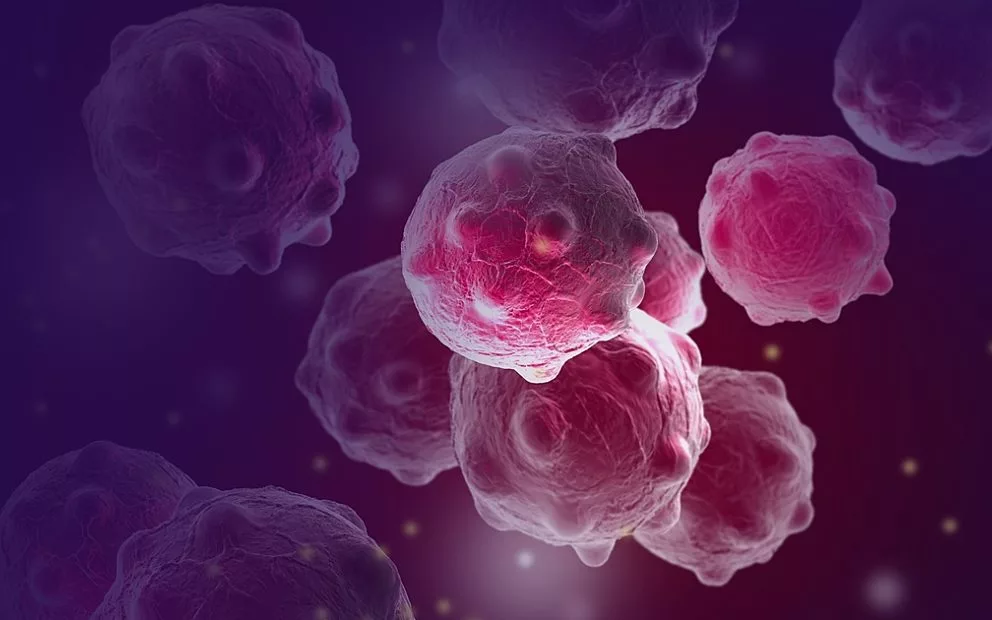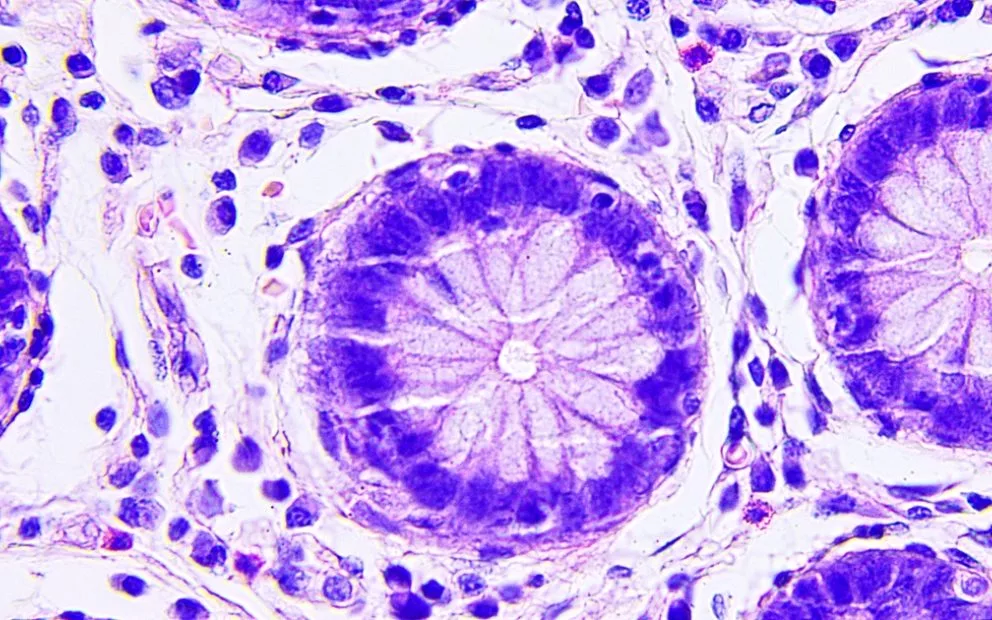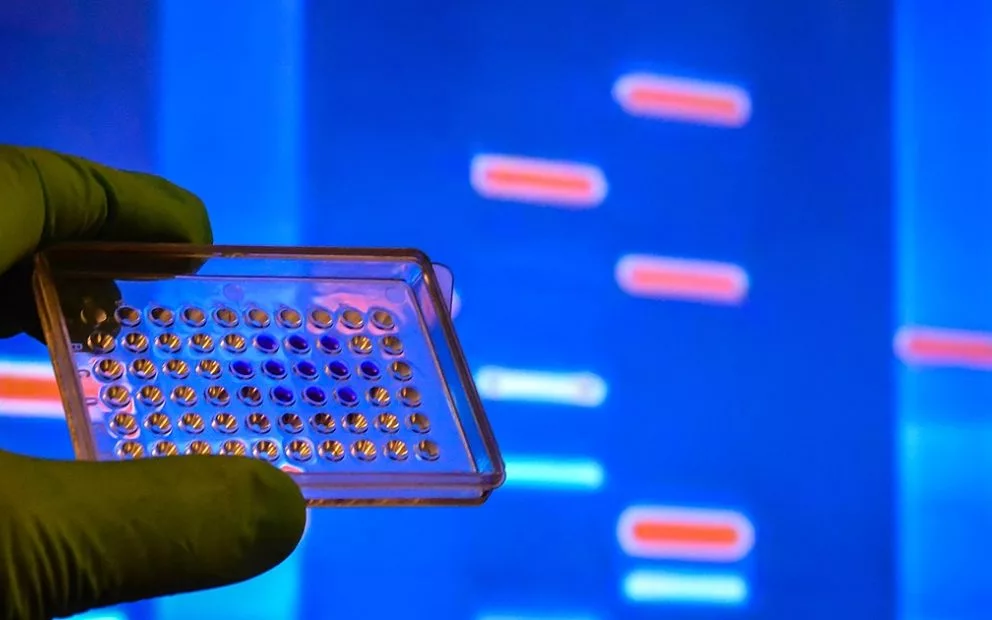A technique using live human cancer tissue to develop the next generation of cancer drugs is being developed in South Australia.
The researchers from the University of Adelaide are using the technique to fill the void between animal testing and clinical trials in a bid to cut the cost and time of drug development and reduce the failure rate in a trial setting.
It is hoped the technique could be used in the future to tailor cancer treatments to individual patients based on how their removed tumours react to different drugs in the lab.
Published in Molecular Oncology, the study shows how surgically-removed breast and prostate tumour specimens can be used to rapidly screen different drugs to see which ones most effectively target cancer cells.
Lead author Dr Margaret Centenera from the University of Adelaide in South Australia has been working on the research since 2010 but said the latest study was the most comprehensive ever published on the technique.
She said it was hoped that more researchers around the globe would adopt the technique to help fast track cancer drug development.
“In the past it was animal studies and then straight into clinical trials and a lot of those drugs fail because a result in a mouse is often not reflective of a result in a human,” Dr Centenera said.
“So what we’re doing is testing different drugs in this system and helping decide which ones should go forward into clinical trial.
“The clinical trial aspect of drug development is the most expensive part and at this point in time 90-95 per cent of drugs fail in the oncology space – by using this method, we still need animal studies but in terms of efficacy in a human this is filling a huge void.”
Dr Centenera and her fellow University of Adelaide researchers work in the South Australian Health and Medical Research Institute (SAHMRI) building, which is next door to the new Royal Adelaide Hospital and part of one of the largest health and life sciences clusters in the Southern Hemisphere.
Samples from live cancer tumours are sourced directly from the hospital’s surgical theatres and are usually in the lab within an hour of being removed from a patient.
“We usually keep it alive for two or three days and we cut it up into small pieces and do our testing directly on that tumour,” Dr Centenera said.
“There’s quite a quick turnaround time and we can usually have results within a week.
“The information we get from testing cancer drugs on actual human tumours has potential to advance cancer research in unprecedented ways, from improved diagnostic and prognostic tools to better drug screening and design, and of course, tailoring treatments to individual patients.”
Dr Centenera said being part of SAHMRI and the broader Adelaide BioMed City health precinct had led to many invaluable collaborations.
She said sourcing live tumours to study cancer was originally used in the 1970s to look at the effect of different hormones on breast and prostate cancer and how they influenced cancer.
“We know in the breast and prostate they are critical drivers of cancer so that was very important work but the technique has never been used for this application – testing drugs, looking for biomarkers and just trying to better understand cancer,” Dr Centenera said.
“SAHMRI is an amazing place to work, we get the best researchers not only from Adelaide but there are some great international researchers here and the open design is very collaborative so we interact on a regular basis.”
This story was reproduced with permission from The Lead South Australia.



